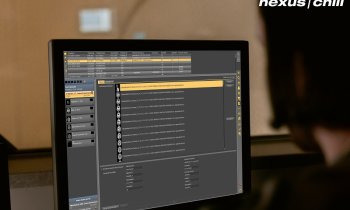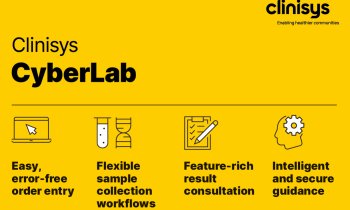Denmark's healthcare
In current USA debates on healthcare reform referrals to IT use in Denmark, the Netherlands and the UK are frequent and well supported by studies performed by the Commonwealth Fund.
One study rated Denmark’s healthcare IT systems as the world’s most efficient. Given the country’s tiny population — around five million — that’s laudable.
Denmark’s IT system already assists 98% of its primary care physicians, all hospital physicians and all pharmacists in co-ordinating care via a central computer database. The public can access their own records through a secure website and are alerted by e-mail via the website if a doctor, pharmacist or nurse has viewed those records. Conversely, a patient can e-mail his/her general practitioner (GP) for advice on illnesses that may not need a surgery visit, or they can book an appointment. Doctors receive six euros per e-mail consultation, and have found that along with phone advice and electronic systems for prescriptions etc, this has saved them about 50 minutes work daily.
Medication prices are also updated automatically every two weeks in physician and pharmacy electronic information systems.
How did Denmark attain this level of electronic healthcare so soon? In 1977 the country’s public health service created a National Patient Registry. To receive reimbursements doctors used it to send data on patient visits to the government health service. This centralised medical records system, available since 2000, was to become the foundation for building up electronic patient records (EPRs). 10 years ago, after the government decided to go paperless by using a new coding system, but medical practitioners found inserting all their data alpha-numerically too complex. The scheme was ditched. What next evolved is record keeping that uses diverse but compatible electronic systems to connect with regional healthcare networks.
Denmark’s telemedicine is also impressive: High risk patients (diabetics and those using blood thinners) are being monitored in their own homes. If a patient has foot ulcers, the specialist nurse visitor uses a secure video link to discuss their current state with a doctor and decide on treatment.
Patients taking blood thinners are also monitored; if the doctor assesses a risk of clots or haemorrhage, the patient is alerted and advised.
A study to assess to potential of home monitoring for COPD patients is also underway. The patient uses a blue-tooth enabled pulse oximeter and spirometer during a video conference with the doctor, who can then decide whether a nebuliser, oxygen, or other treatments are needed.
IT section: pages 18-19
01.07.2009











